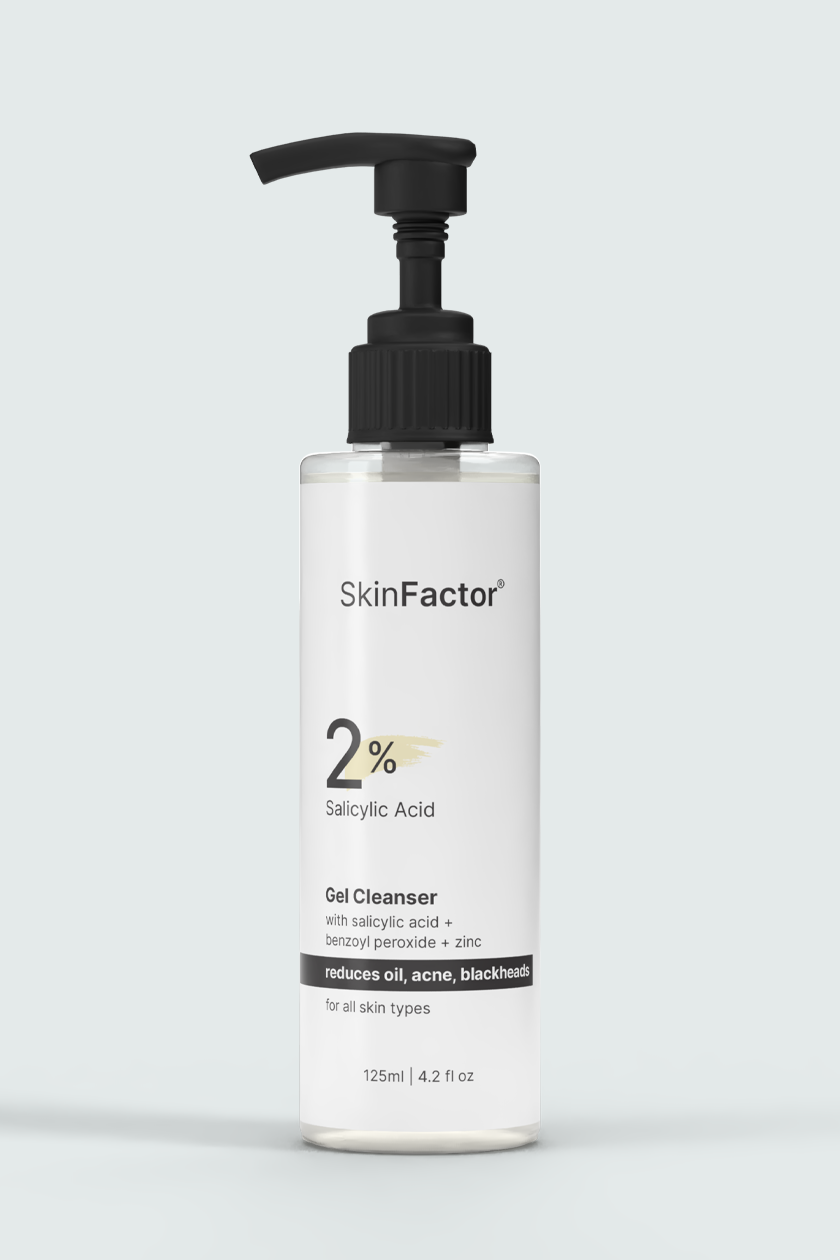When your dog suffers a cut, bite, or open wound, it’s not just the visible injury that matters—the risk of infection can be serious. In such cases, veterinarians often prescribe antibiotic tablets for dog wounds to prevent or treat bacterial infections that can develop from contaminated wounds. Here’s what you need to know.
🐶 Why Dogs Need Antibiotics for Wounds
Dog wounds can become infected due to:
- Dirt, saliva, or bacteria entering the wound
- Bites from other animals
- Scratching or licking at the wound
- Delayed treatment or improper cleaning
Common signs of infection in wounds:
- Redness and swelling
- Heat at the site
- Discharge or pus
- Pain or sensitivity
- Bad smell
- Fever or lethargy
💊 Common Antibiotic Tablets Prescribed for Dog Wounds
⚠️ Important: Always use antibiotics under veterinary supervision. Wrong use or dosing can lead to resistance or toxicity.
1. Amoxicillin-Clavulanic Acid (Clavamox/Augmentin)
- Use: Skin wounds, abscesses, dental infections
- How it works: Broad-spectrum antibiotic effective against many bacteria
- Form: Oral tablet or suspension
- Dosing: As per vet’s instructions (based on weight)
2. Cephalexin
- Use: Skin infections, infected wounds, post-surgical care
- How it works: Effective against gram-positive bacteria
- Form: Tablet or capsule
- Side effects: Vomiting or diarrhea in some dogs
3. Clindamycin
- Use: Deep wounds, abscesses, bone infections
- How it works: Targets anaerobic bacteria
- Form: Tablets or capsules
- Best for: Bite wounds, puncture wounds, dental infections
4. Enrofloxacin (Baytril)
- Use: Severe or deep tissue infections
- How it works: Broad-spectrum; used for more serious infections
- Form: Tablet
- Not for: Young puppies or certain breeds prone to cartilage issues
5. Metronidazole (less common for wounds but used when anaerobic bacteria are suspected)
- Use: Infected wounds with foul odor or deep tissue involvement
- How it works: Works against anaerobic bacteria and protozoa
- Form: Tablet
- Side effects: Can cause nausea or neurological signs at high doses
🧼 Wound Care + Antibiotics
Antibiotic tablets work best when combined with proper wound cleaning:
- Clean the wound with sterile saline or diluted antiseptic (e.g., Betadine)
- Apply a topical antibiotic (like Neosporin—vet-approved)
- Keep the dog from licking with an e-collar
- Monitor for infection signs
🚫 Never Do This
- ❌ Don’t use human antibiotics without vet approval
- ❌ Don’t skip doses or stop early if your dog seems better
- ❌ Don’t treat deep, large, or bite wounds at home without a vet consult
✅ Summary
For treating dog wounds, oral antibiotic tablets like Clavamox, Cephalexin, and Clindamycin are commonly prescribed by vets. These help prevent infection, reduce swelling, and support faster healing. Always pair antibiotic use with wound hygiene and follow your vet’s instructions closely.





